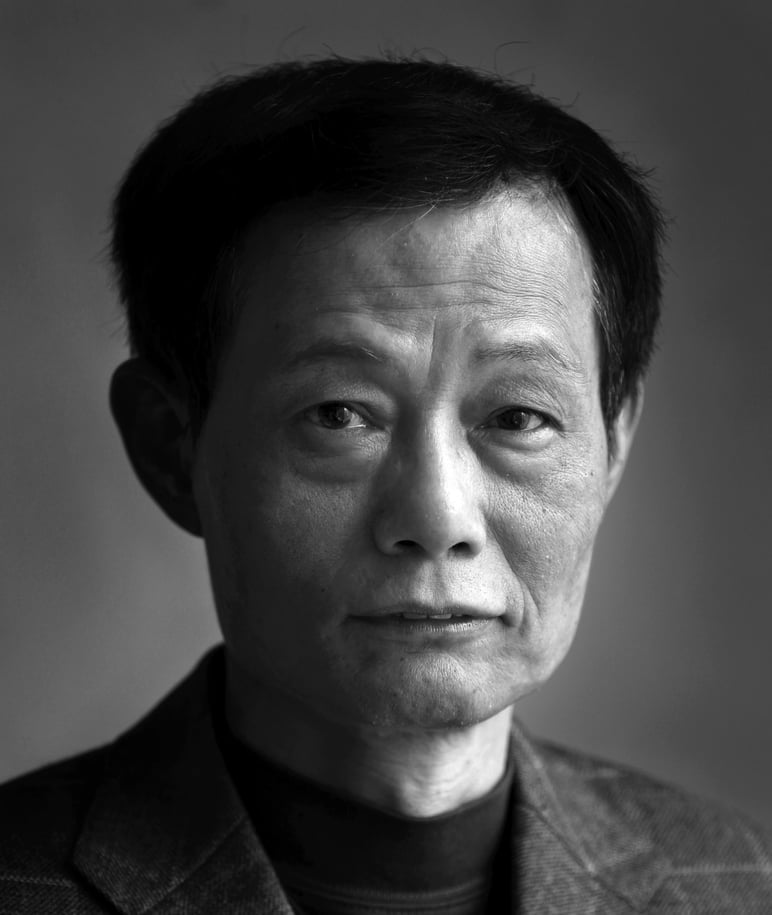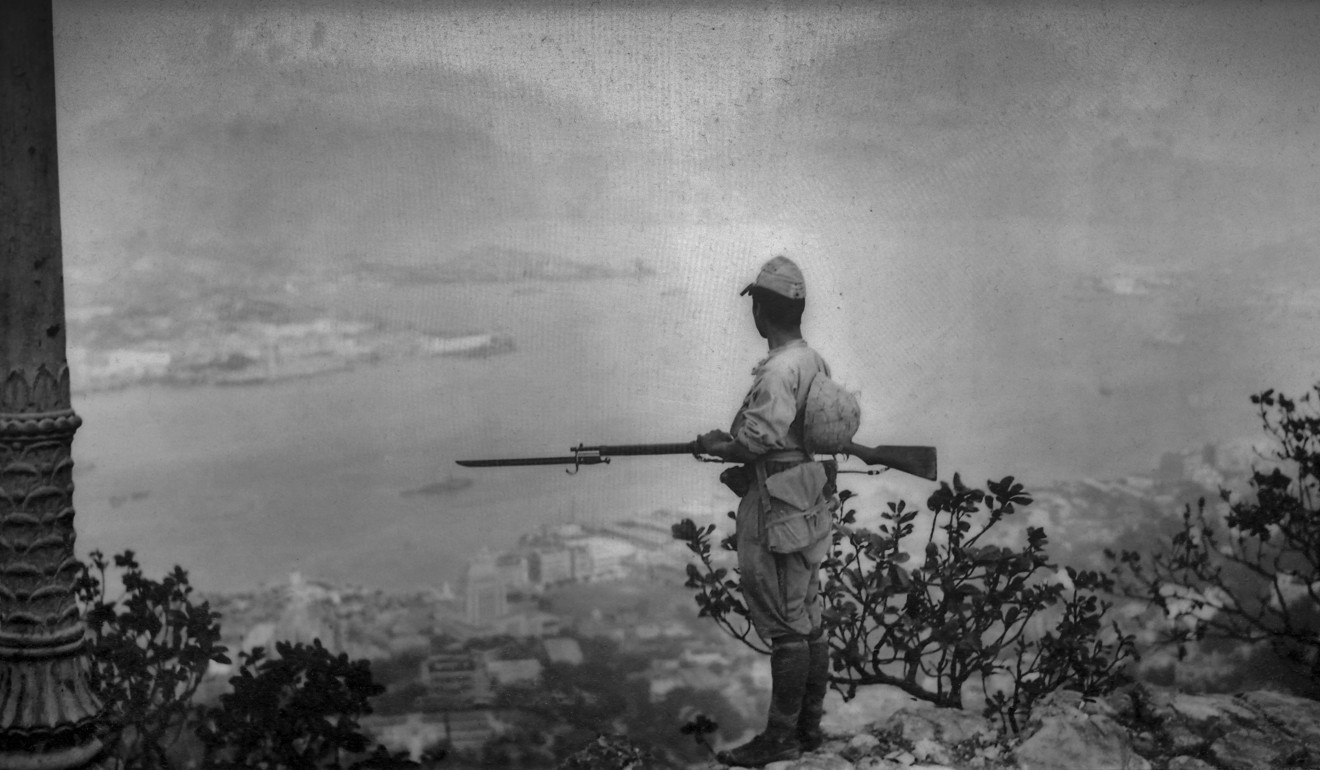
Trade wars cause world wars, history shows. Will this time be different?
Cary Huang says the risk of armed conflict has to be acknowledged, with the trade war now affecting a swathe of US allies, and with the two main actors in the dispute – China and the US – showing every intention of a fight to the end in a tit-for-tat tussle
Worse can happen than just material loss to the countries directly involved. While a country may try to destroy another by targeting its economy rather than its military, history suggests that a full-blown trade war inevitably leads to a shoot-out between nations.
The developments have effectively put an end to the more than two decades of normal trade since the founding of the World Trade Organisation in 1995.
Watch: The biggest trade war in economic history begins
History provides ample evidence that trade problems have heightened tensions among nations. Such fights lead to economic crises, and trigger political and social crises and, finally, trigger wars.
A full-blown trade war often features the combination of a tariff war and currency war. In practice, exporting countries will, in response to imposed tariffs, resort to currency manipulation, moving to cheapen their money to offset the impact of the tariffs.
Before the first world war, most countries accepted the classical gold standard of pegging their currencies to gold as an effort to anchor smooth trade. However, from 1913, countries began to suspend or abandon the system as they devalued their currencies to compete for export markets in the ongoing tariff war.
The end of the first world war sparked the first worldwide currency war, starting in Weimar Germany in 1921, followed by France in 1925. In the end, all the major economies scrambled to devalue their currencies – sterling, the franc and the US dollar – throughout the 1930s.
In 1930, US president Herbert Hoover signed into law the Smoot-Hawley Tariff Act, which intensified the currency war and deepened the Great Depression. The protectionist law raised tariffs on more than 20,000 imported products and triggered retaliation from many US trade partners.
Trade wars stoke nationalism and hatred among people and finally trigger wars, as evidenced by the breakout of the second world war: the Japanese invaded Manchuria in 1931, and the whole of China in 1937; the Germans invaded Poland in 1939, then the rest of Europe; and the Japanese attacked Pearl Harbour in 1941.

History often repeats itself if we do not learn from it. The two full-blown trade wars some 80 and 100 years ago helped to ignite the two world wars. Could such a catastrophe happen again?
Cary Huang is a senior writer at the Post

